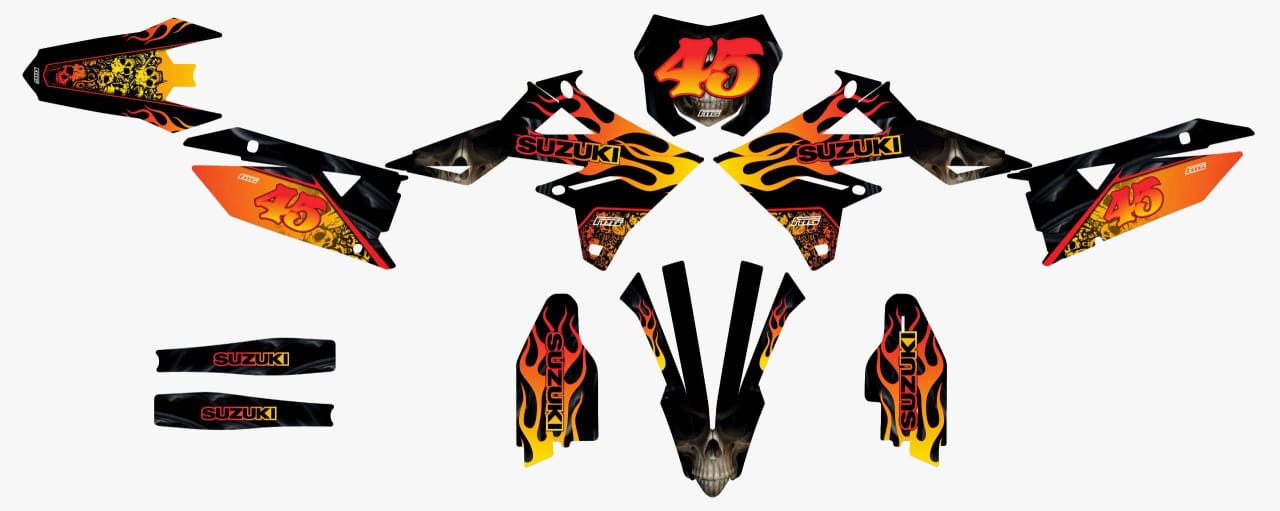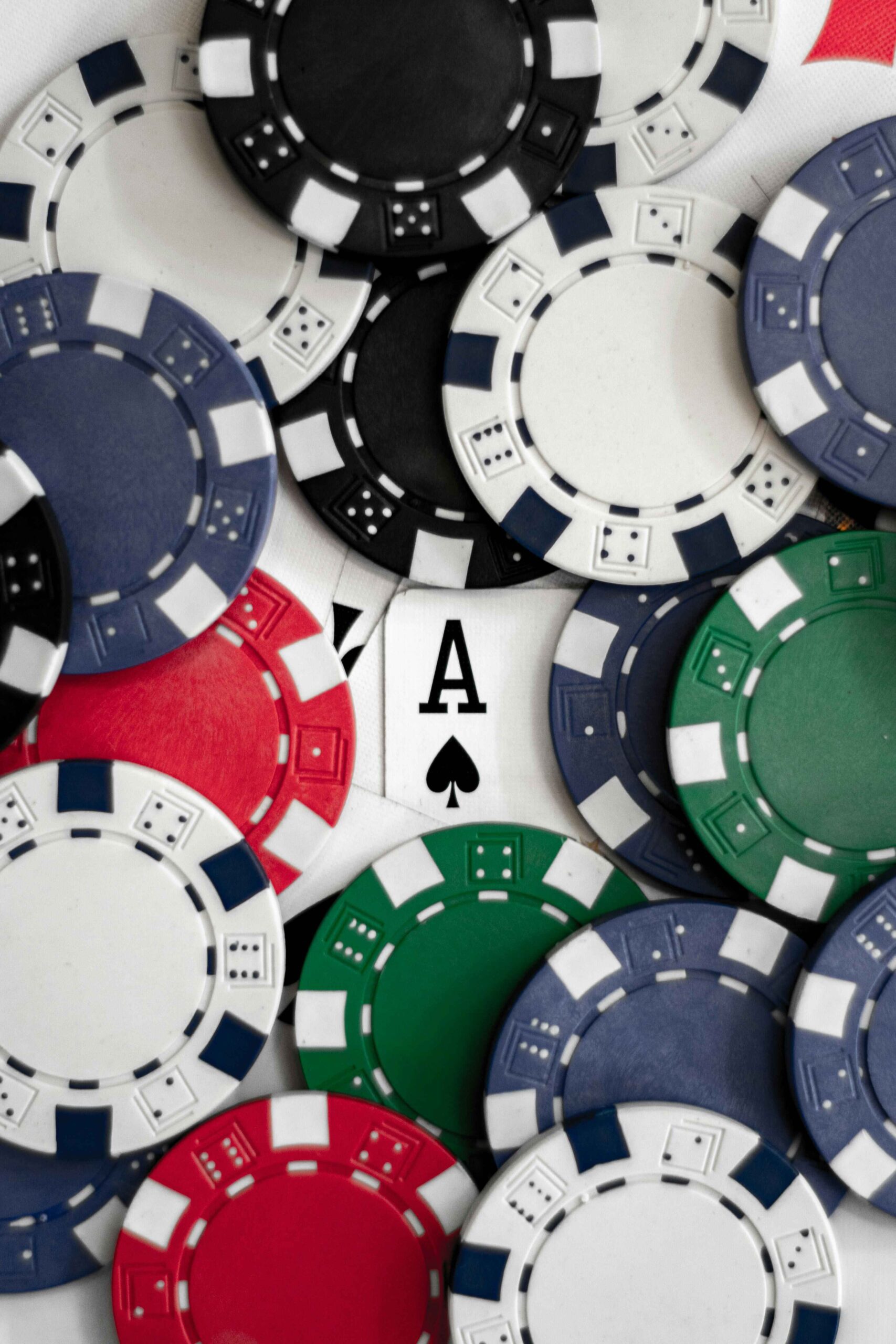Cladded stainless steel has become a cornerstone of modern cookware, prized for its durability, heat performance, and versatility. If you’ve ever wondered what makes cladded stainless steel so special, or why it’s often recommended by professional chefs, this guide will cover everything you need to know. From construction and benefits to care tips and common misconceptions, you’ll gain a complete understanding of why cladded stainless steel is a must-have in any kitchen.
What Is Cladded Stainless Steel?
Cladded stainless steel refers to cookware made from multiple bonded layers of metal. Typically, a core layer of aluminum or copper is sandwiched between layers of stainless steel. This combination offers the best of both worlds: the strength, corrosion resistance, and non-reactive properties of stainless steel, along with the superior heat conductivity of aluminum or copper.
Key Components
- Exterior Stainless Steel Layer: Provides durability, prevents rust, and maintains a polished appearance.
- Core Layer (Aluminum or Copper): Ensures even heat distribution and prevents hot spots.
- Interior Stainless Steel Layer: Non-reactive, safe for all types of foods, and easy to clean.
This construction ensures that cladded stainless steel pans heat quickly, cook food evenly, and last for years without warping or damage.
Benefits of Cladded Stainless Steel
Even Heat Distribution
One of the biggest advantages of cladded stainless steel is its ability to distribute heat evenly. Unlike traditional stainless steel pans, which can create hot spots, cladded cookware provides consistent heat across the cooking surface. This makes it ideal for searing, frying, sautéing, and simmering delicate sauces.
Durability
Cladded stainless steel is highly resistant to warping, scratching, and corrosion. With proper care, it can last decades, making it a cost-effective investment compared to nonstick or cheaper cookware.
Non-Reactive Surface
The stainless steel interior prevents chemical reactions with acidic or alkaline foods. Your tomato sauces, citrus dishes, or vinegar-based recipes will retain their true flavor without metallic taste interference.
Versatility
Cladded cookware can handle almost any cooking method, from stove-top frying to oven baking. Many pans are compatible with induction, gas, and electric cooktops, providing maximum flexibility.
How Cladded Stainless Steel Compares to Other Cookware
vs. Nonstick
Nonstick pans are convenient but have a shorter lifespan and may release chemicals if overheated. Cladded stainless steel pans are chemical-free, long-lasting, and develop a natural nonstick effect when preheated correctly.
vs. Cast Iron
Cast iron retains heat well but is heavy, requires seasoning, and can react with acidic foods. Cladded stainless steel pans are lighter, maintenance-free, and non-reactive.
vs. Regular Stainless Steel
Pure stainless steel pans often heat unevenly, creating hot spots that make cooking tricky. Cladding solves this issue, providing consistent heat and improved performance.
Choosing the Right Cladded Stainless Steel Cookware
Core Material
- Aluminum Core: Heats quickly, provides even distribution, and is generally more affordable.
- Copper Core: Offers superior heat control and precision, ideal for professional-level cooking.
Ply Construction
Cookware comes in 3-ply, 5-ply, or more layers. More layers mean better heat retention and uniformity. For most home cooks, a 3-ply or 5-ply pan is sufficient.
Handle Design
Look for ergonomically designed, heat-resistant handles. Riveted handles offer extra durability compared to welded handles.
Brand Reputation and Warranty
Investing in a reputable brand ensures high-quality materials, solid construction, and long-term support.
Cooking Tips for Cladded Stainless Steel
Preheat Properly
Preheating is essential to prevent sticking and achieve even browning.
Use the Right Oils
High smoke-point oils like avocado, canola, or grapeseed are ideal for high-heat cooking. Butter or olive oil can be used for lower-heat applications.
Don’t Overcrowd the Pan
Crowding prevents proper searing and reduces even heat distribution. Cook in batches if necessary.
Let Food Develop a Crust
Avoid stirring immediately when searing. Allow the food to naturally release from the pan for perfect browning.
Maintenance and Cleaning
Routine Cleaning
Hand wash with mild soap and warm water. Avoid harsh abrasives that could scratch the surface.
Removing Stains and Discoloration
Use a vinegar solution or baking soda paste to remove stubborn stains and restore shine.
Avoid Dishwasher Residue
While some cladded stainless steel pans are dishwasher-safe, repeated dishwasher use may dull the finish. Hand washing is recommended for longevity.
Common Misconceptions
“Stainless Steel Sticks Too Much”
Sticking occurs mostly due to incorrect preheating or insufficient oil. When used properly, cladded stainless steel pans have minimal sticking issues.
“They Are Difficult to Maintain”
With simple cleaning routines and occasional stain removal, cladded stainless steel is easy to maintain and keeps its performance for years.
Conclusion
Cladded stainless steel is a top choice for anyone serious about cooking. Its unique layered construction offers even heat, durability, versatility, and a non-reactive surface, making it superior to many other cookware types. Understanding how to choose, use, and maintain cladded stainless steel ensures that you get the best performance from your kitchen tools.
Whether you’re a professional chef or a home cook, cladded stainless steel cookware is an investment that delivers consistent results, longevity, and enhanced cooking confidence. With the right care, these pans can last a lifetime, helping you create delicious meals with ease and precision.






